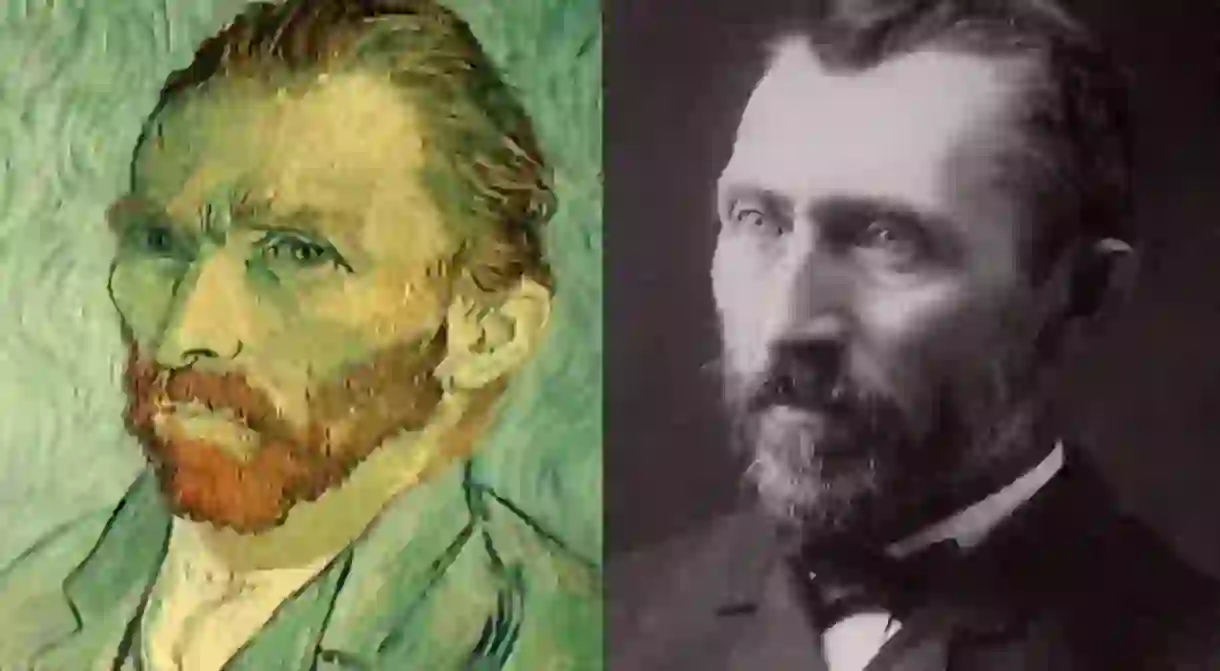In the Footsteps of Van Gogh in Paris: The Impressionist Years

The Dutch Post-Impressionist painter, Van Gogh, ranks among the most famous, influential and well-loved figures in the history of Western art. Yet not everyone realizes he tried his hand at fame in Paris, a period that influenced his work in more ways than you could imagine. Vincent first came to Paris in May 1873, spending a few days in the city like any other tourist, trying to squeeze in as many museums as he could manage. It was a short trip, but enough to convince him that Paris was the place to live as a budding artist.
It wasn’t until February 1886 that Vincent van Gogh made the decision to move in with his brother, Theo, in Paris, spurred by the sorry state of his personal finances. Vincent was too poor to pay his rent in Antwerp, Belgium, so moving in with his brother in Montmartre was the cost-effective solution.

“Don’t be cross with me that I’ve come all of a sudden,” he wrote in a hand-delivered note. “I’ve thought about it so much and I think we’ll save time this way. Will be at the Louvre from midday, or earlier if you like.”
This note proves that the Louvre Museum, first established in 1793, has captured the hearts of the world’s greatest artists for centuries, Van Gogh’s included. It became the choice museum for a weekly visit, along with the Musée du Luxembourg.

The “sudden” move turned out to be one of Van Gogh’s best decisions, throwing him into an inspiring milieu of young avant-garde artists experimenting with new styles. He stayed with Theo, who worked for leading art dealer Goupil & Cie, in the gorgeous, cobbled artist district of Montmartre on Rue Lepic for two exciting years.

The time he spent in Paris sparked a transformative shift in his artwork that can be clearly discerned from close studies. Before, he painted dark, sombre hues with a hint of realism.
However after moving to the vibrant artistic neighborhood of Montmartre, his paintings became more colorful and full of life. It inspired the flowers that most art enthusiasts associate with Van Gogh today, and gives an insight into just how lively this district was.
“Paris is Paris, there is but one Paris and however hard living may be here… the French air clears up the brain and does one good,” he wrote joyously to Horace Mann Livens, in October 1886.

Not long after arriving in Paris, Vincent started taking drawing lessons in Fernand Cormon’s private studio, sometimes drawing from nude models, as was the tradition.
“I gained an understanding of how it’s a hotbed of ideas, and how the people try to get everything out of life that could possibly be in it,” he wrote to Willemien van Gogh, between June 16 and 20, 1888.

Another transformation that came with this move to Paris was that Vincent became increasingly fanatical about religion. There was a certain Englishman, Harry Gladwell, who lived in the same Montmartre apartment, who would listen to Vincent reading the Bible aloud almost daily. Vincent would then roam from church to church on Sundays, attending services across Paris from early morning right until evening.

While Vincent did very much enjoy Paris at first, the busy chaos of city life soon became stressful and so eventually he abandoned Paris for sunny Arles in the South of France. Nonetheless, the time he spent in Paris can still be traced in the epic artistic legacy he left behind.













